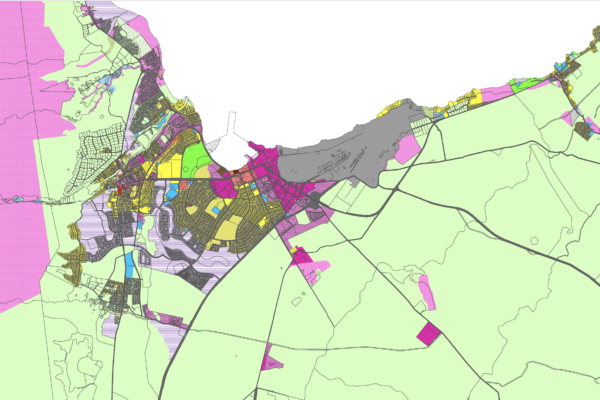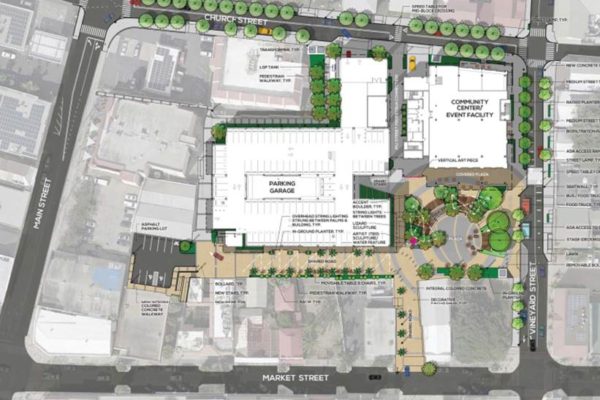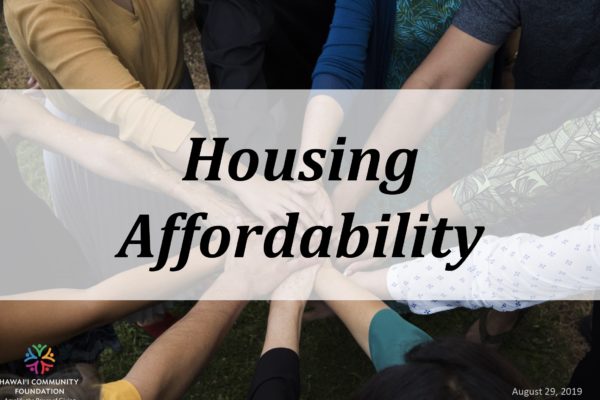Reprinted from Lahaina News
WAILUKU – October and November have flown by at the County Council. I am grateful to have this column to communicate council business, keeping the public even more in the loop. But I am also thankful because it is a chance for me to sit down and reflect on the weeks and weeks that seem to fly by so quickly when I am engaged with committee, council and community duties.
Several notable issues have been heard by the council in the last two months, and I want to take this opportunity to say that I really appreciate the input, contributions and support from the community that I have received throughout the deliberations that have commenced.
I receive daily e-mails, phone calls and letters chock full of supporting information, personal research and stories of personal experience that are not only helpful in content but motivational in spirit. It helps power my voice when I speak on the council floor, because I can reflect on your views and your visions when making important policy decisions for our county. So, thank you for that.
I am happy to report that my Infrastructure Management Committee was able to complete work on a bill relating to development on steep terrain. (This bill also successfully passed review by the full council on Friday, Nov. 18.)
After four arduous Infrastructure Management Committee meetings this year and several committee meetings with the previous council, Maui County finally has some protection in place to minimize the geological and hydrological hazards associated with development on our hillside lands.
The new ordinance requires the applicant of a grading permit to submit an engineering slope hazard report when grading affects an existing slope with a height greater than 15 feet and with a grade steeper than 35 percent, and where grading may adversely impact residential or other developed areas below the site. The director of Public Works must utilize the engineering slope hazard report while evaluating whether to approve or deny an application.
We all have high hopes that these new requirements will prevent negligent development, while taking into consideration existing properties and human lives down-slope. This has been a constant concern of mine as I see the continued development on the hillsides of West Maui.
There have been quite a few matters pertaining to West Maui in our committee meetings as of late. Some have been positive (the funding for the Lahaina Fire Station addition), and a few have had me keeping long hours, researching, reading minutes from councils past, scouring over thick applications and talking to concerned citizens (Pulelehua and Kahoma Residential).
Maui Land and Pineapple Company Inc.’s Pulelehua development, which was passed on second and final reading at the full council, calls for developing approximately 310 acres located at Mahinahina, Kahana. The project will consist of a mix of residential units for all income groups, including up to 900 single-family and multifamily units with the potential for an additional 300 ohana units, commercial uses and civic uses, including a 13-acre school site, park and open space.
I had several concerns with this project, including its impact to traffic in the area, and to public safety due to the proximity of the project to the Kapalua-West Maui Airport. I worry that the potential complaints from these future residents could lead to the eventual closure of this airport. During deliberations, we were able to add several conditions to safeguard these concerns and to make this project more viable for the community.
One of my biggest concerns rests with the all-too-common occurrence of developers requesting Community Plan Amendments, especially while we are currently in the process of updating them. We are not enforcing the Community Plans that we already have, and even worse, we are undoing the hard work of previous councils with every Community Plan Amendment request. This does not sit well with me.
In the case of Pulelehua, our Community Plan was amended, changing these lands from Agriculture, Park and Open Space to a Project District. West Maui cannot afford to lose these types of lands.
Another project that was just approved by the Land Use Committee is Kahoma Residential, a 201H fast track affordable housing project application. This land, sandwiched between the Kahoma Flood Control Channel and the Kelawea Mauka Subdivision, was set aside for Open Space in our West Maui Community Plan. After reading the Planning Committee meeting minutes of May 17, 1996, it was clear to me that the previous council members had a vision for this land to be left in open space and utilized as a passive park and bike path for the surrounding community, never to be developed.
Although the need for affordable housing is clear, both in West Maui and in Maui County as a whole, it is quite frustrating to me that these much-needed projects choose to ignore planning policies that have been put in place. I hope that developers will take the Community Plans into consideration with future applications. It is important to look at the big picture when planning and developing in order to have smart growth.
Speaking of smart growth, I was able to travel to Okinawa, Japan and to visit our sister city, Miyako Island, in October with Mayor Alan Arakawa. We took an eco-tour of Miyako’s sustainable infrastructure, including an underground dam engineered by Patsy Mink’s husband, John Mink, and an ethanol research and production facility.
It was very motivational to see how forward-thinking and sustainable practices are possible and practical. I have high hopes for Maui County and plan to continue the push for sustainability and cutting-edge technology.



